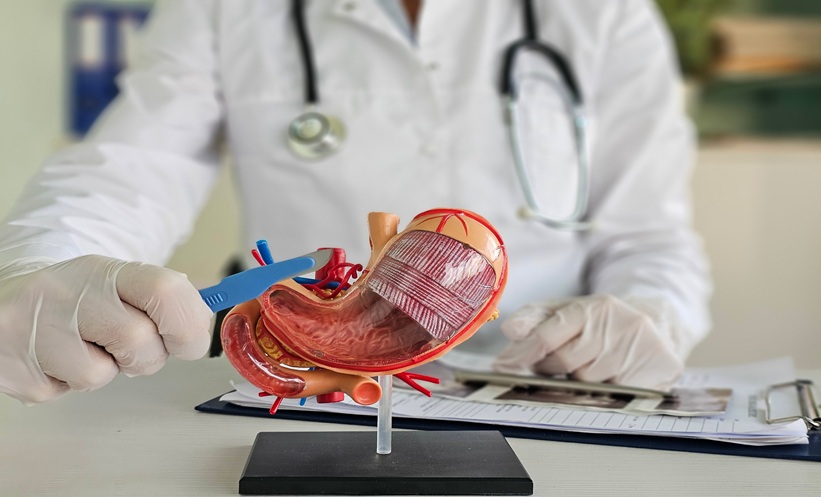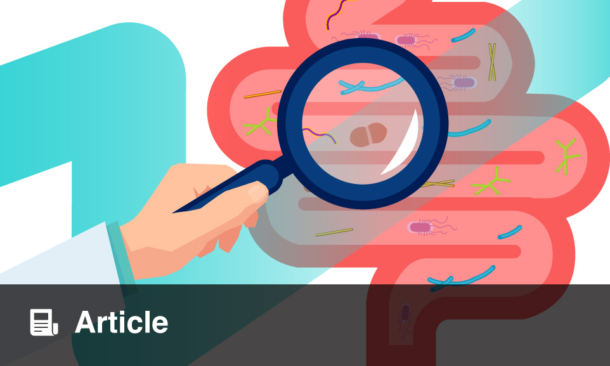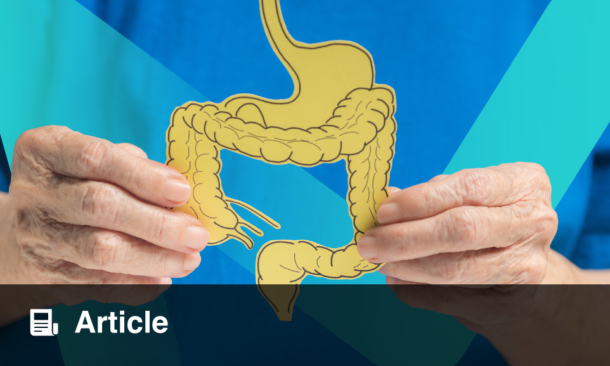Abstract
Advances in medical and surgical therapy mean that significant numbers of children with previously fatal liver disease are surviving into adult life. In particular, 80% of transplant recipients now survive for over 20 years. Gastroenterologists and hepatologists who treat adult patients need to be aware of the clinical management and complications of diseases originating in infancy, such as biliary atresia, progressive familial intrahepatic cholestasis, Alagille syndrome, and metabolic diseases such as hereditary tyrosinemia type 1. They need to be familiar with the long-term consequences of liver transplantation in childhood, e.g. renal failure, recurrent disease, osteoporosis, and post-transplant malignancies, especially post-transplant lymphoproliferative disease, which differs in presentation and evolution from adult transplant recipients. Survivors of childhood illness require a different approach to that for young adults presenting after 18 years of age. Adult physicians need to consider the emotional, social, and sexual health of these young people, and be aware of the high rate of non-adherence, both for clinic appointments and medication, as well as the implications for graft loss, particularly after transition to adult services. Developing adequate transitional care for these young people is based on effective collaboration at the paediatric–adult interface and is a major challenge for paediatric and adult providers alike in the 21st century.
Please view the full content in the pdf above.








